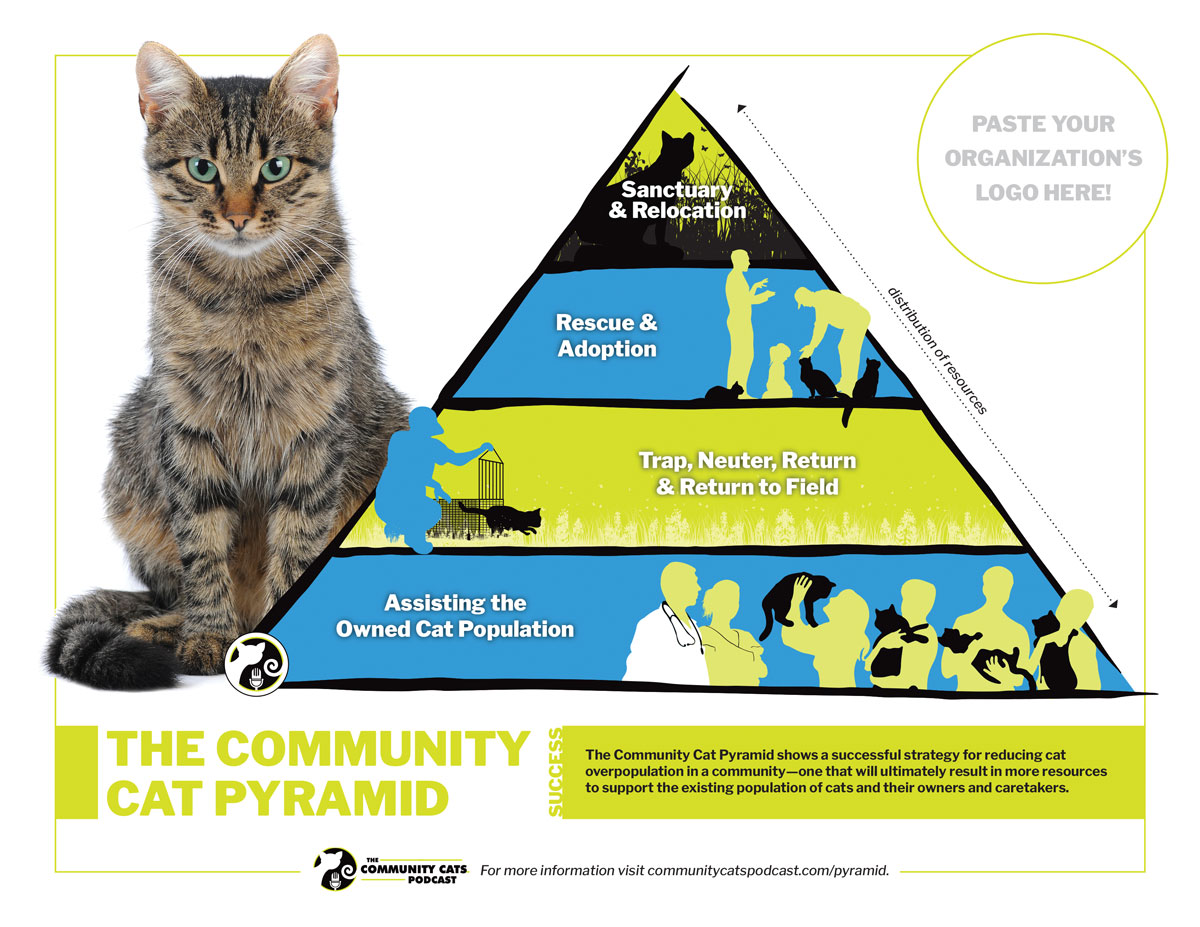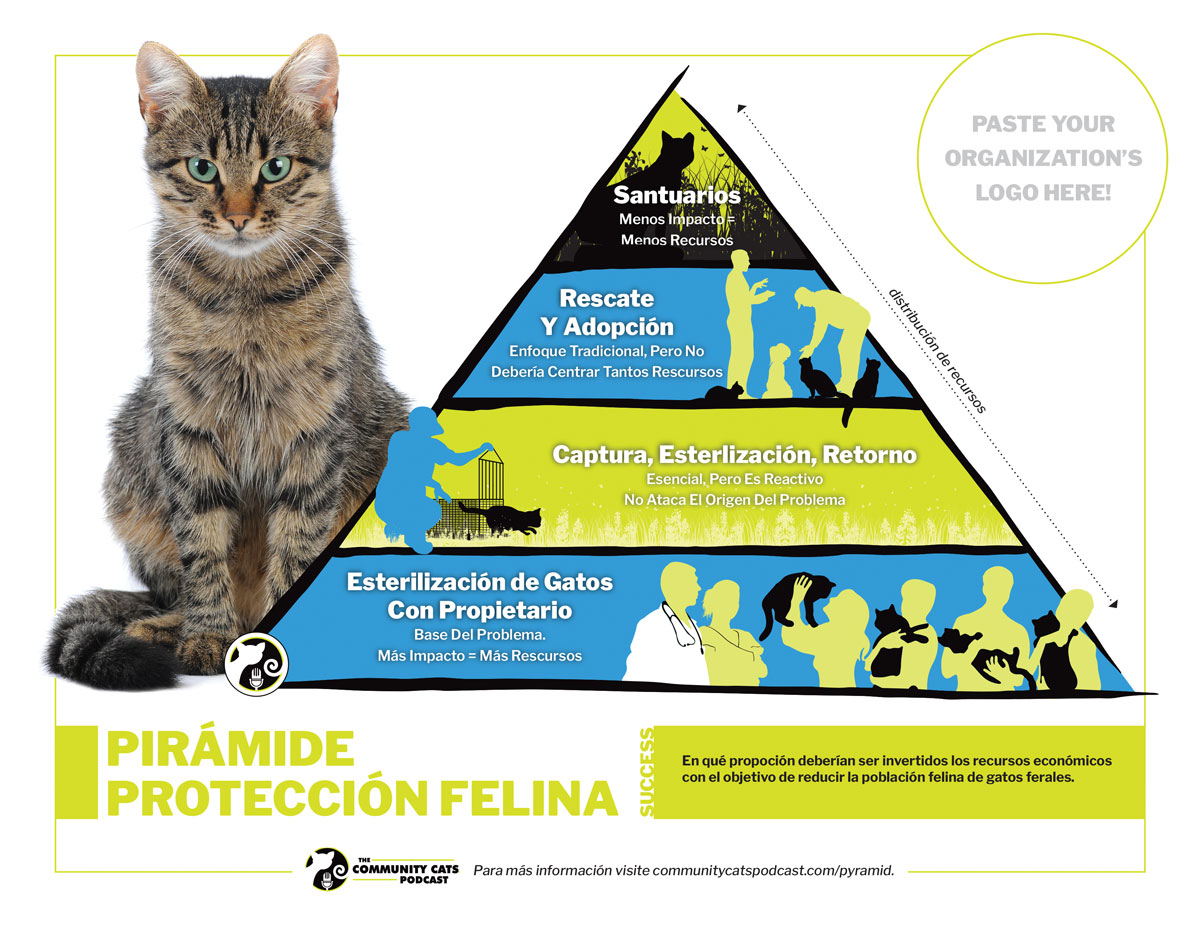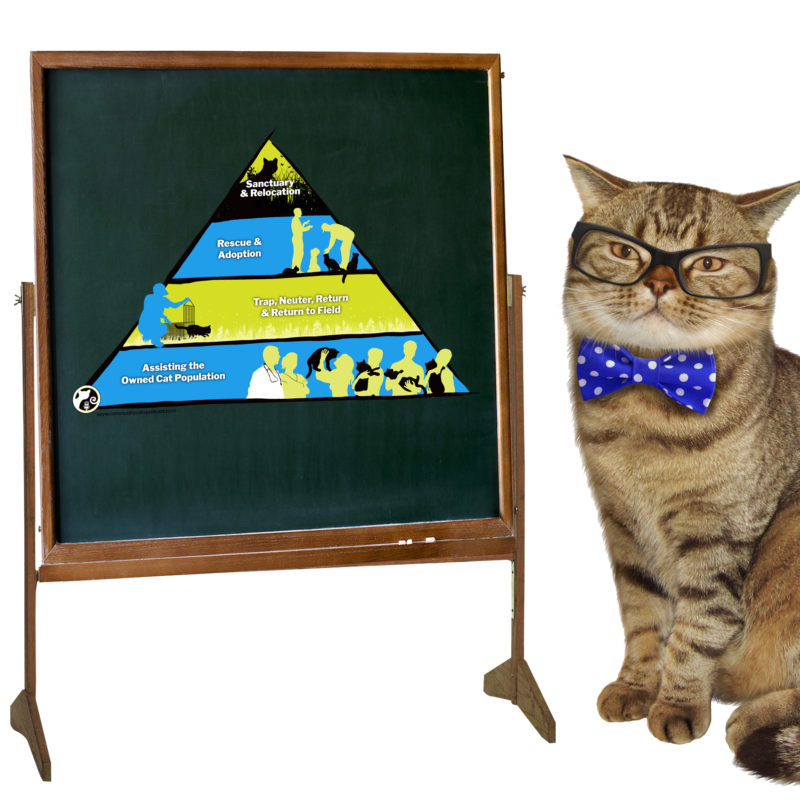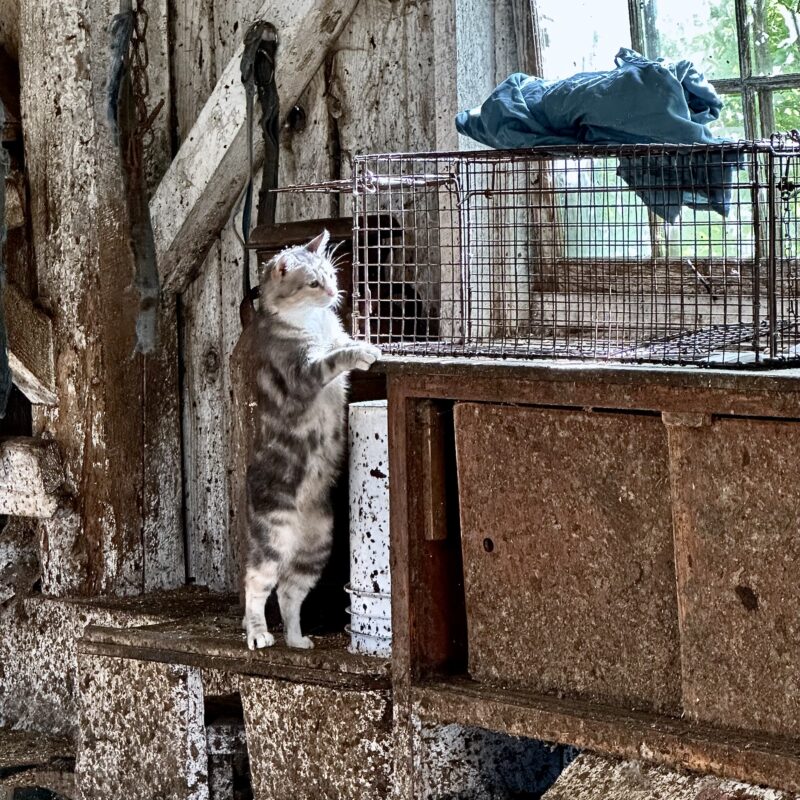Practicing the Pyramid
Are you interested in making a significant reduction in the number of cats in your community? If the answer is yes, then get to know the Community Cat Pyramid. The graphic above illustrates how important the right balance of programming is to impact cat numbers.
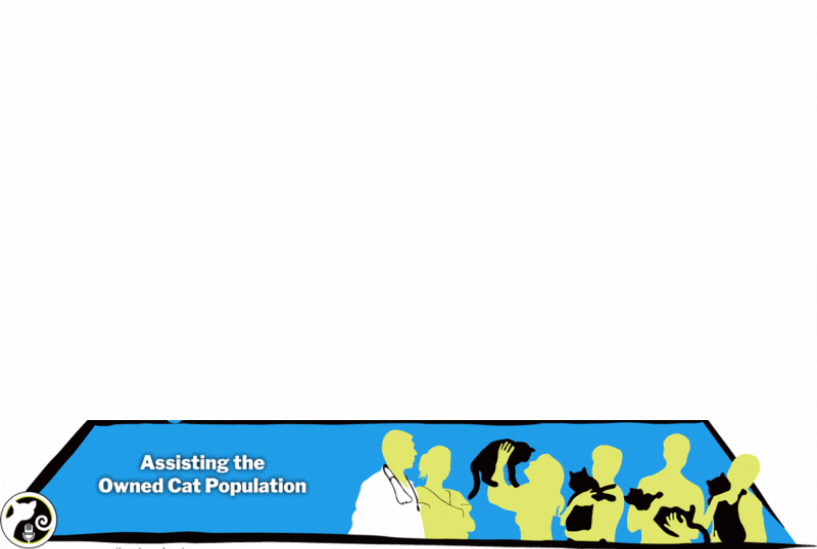
There are four levels to the pyramid:
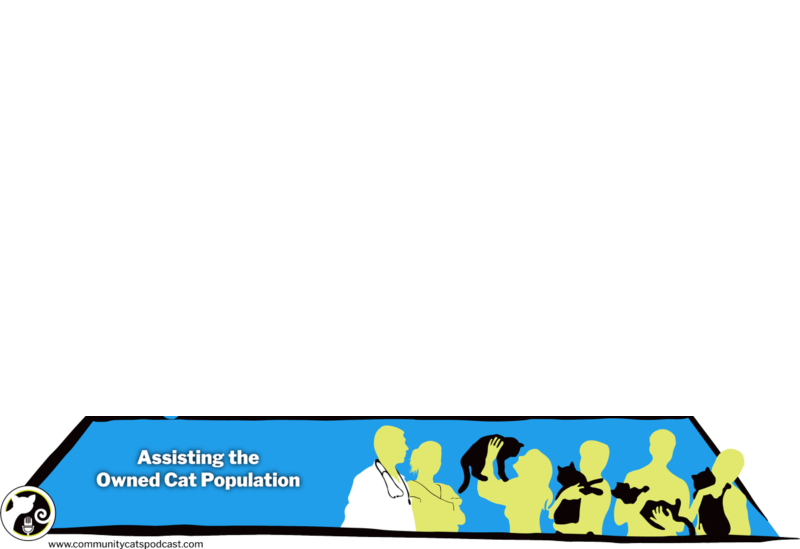
Assisting the Owned Cat Population
The base of the pyramid is indoor-outdoor owned and friendly community cats. This base of the pyramid is critical if you hope to make any sort of impact. Our community cats come from owned cats; therefore it makes sense to put most of our resources into low-cost/free spay/neuter services for the cats on this level of the pyramid. I would highly recommend that any organization commit to making sure that well over 50% of the cats that you sterilize each year come from this pyramid base group — and the higher you can get that percentage, the better! The good news is that these cats are usually very easy to get spay/neutered as they are brought in by the public.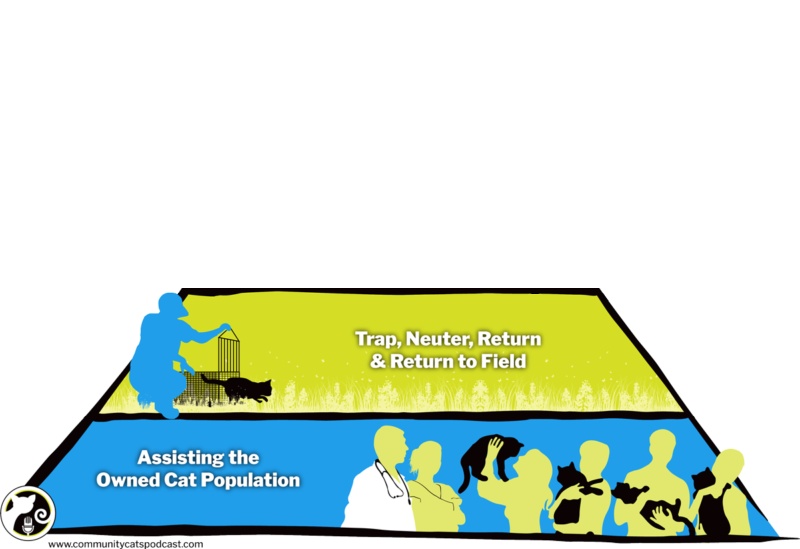
Trap, Neuter, Return & Return to Field
The next level up the pyramid is TNR (which includes Return to Field/RTF) cats. These cats need assistance through trapping help, either by borrowing equipment or actually having someone come onto the property to assist with trapping. TNR can be very labor intensive. It is a necessary program — but it is a reactive one that exists as a response to abandoned cats (the ones from the population at the base of the pyramid!) reproducing. We can avoid as much of this kind of reactive spay/neuter as possible by focusing on the base level we talked about above. The more we get done at the base level, the fewer TNR/RTF cats we will need to do.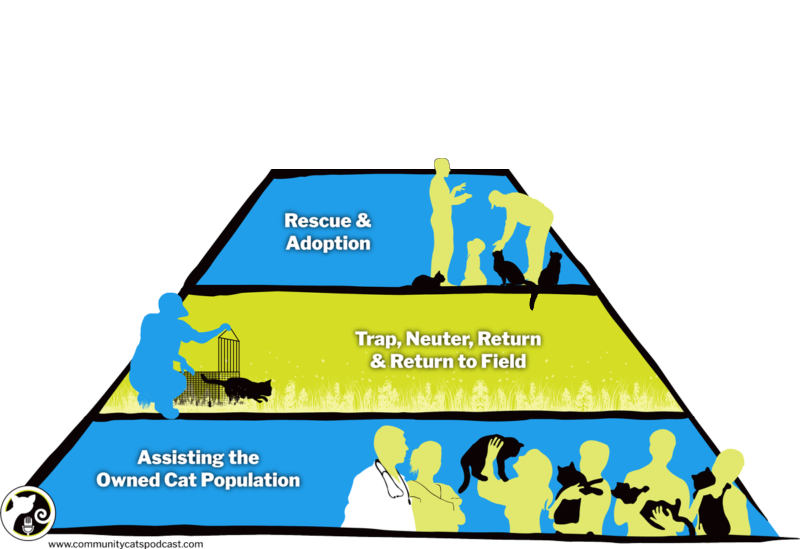
Rescue & Adoption
Moving up the pyramid, we have the cats and kittens that need rescue and adoption. While I know it is very important to help as many cats and kittens as possible, the truth is that rescue, sheltering and adoption are very expensive and labor-intensive. Rescue is usually the first thing that we do when we get involved with cats — but if your mission truly is to help decrease cat overpopulation, then rescue shouldn’t be your first priority.
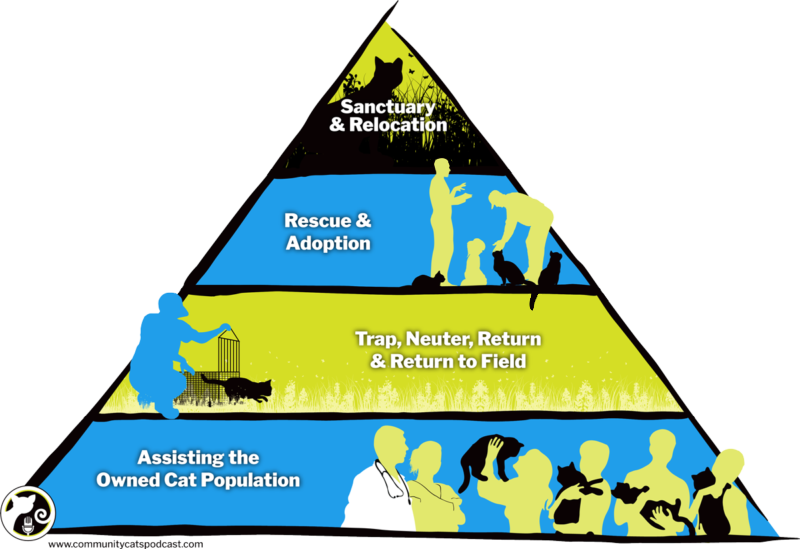
Relocation, Sanctuary & Adoption
Lastly, at the very top of the pyramid we have relocation, sanctuary, and adoption (or “foster failure”). Many of us have easily filled up our houses with one too many cats. We joke about how many cats every board member should have to be part of an organization. We build sanctuaries for “un-adoptable” cats or relocate cats with behavior issues or ferals to barns. These are all things that happen, but they shouldn’t happen very often. I would say that for every thousand owned cats you help, maybe one other cat should fall into this category — and even that is a high number.
The Community Cat Pyramid in Practice
Final Thoughts
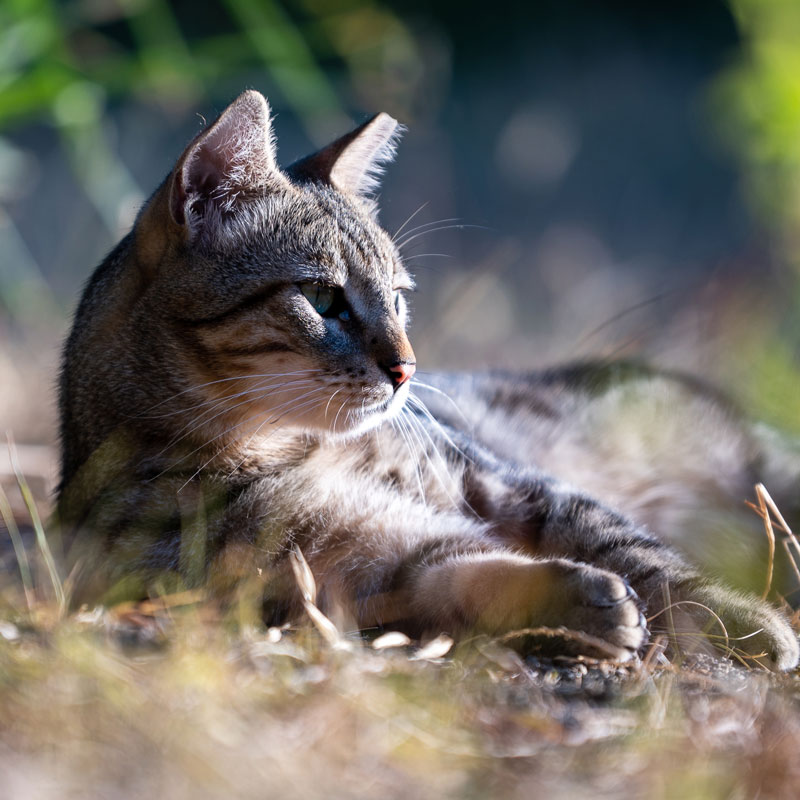
We don’t all have to have the same mission or goals...
...but we should be clear about our organizational goals so that we can allocate appropriate resources to the correct sections of our Community Cat Pyramid.
Following this pyramid guide makes the largest possible impact in reducing the number of unwanted cats in our communities.

